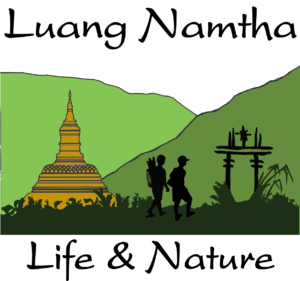History, Culture & Nature Converge
Sing District holds historical significance, serves as home to a diverse ethnic population, and presents pristine natural beauty between mountain ridges and peaks. Chronicles recount the founding of Xieng Khaeng on the Mekong in the early 15th century by Tai Lue leader Chao Fa Dek Noi. It grew into a modest principality, but fell first to Chiang Mai’s Lanna Kingdom in the 16th century and then Burma shortly after. During the 1700s, Xieng Khaeng’s Tai Lue migrated to the area around Sing Town. In the 1890s, the French, British, and Siamese agreed the French would administer the Mekong and lands east, starting at the northern reaches of Sing District. At about the same time, Tai Dam, Tai Neua, Tai Kao, Akha, Lanten, Yao, and Lahu groups arrived from China, Burma, and northwestern Vietnam. Today you can trek or bike through the fertile valleys and forested mountains they settled in, and visit or stay overnight with their descendants. The Luang Namtha Provincial Tourism Department (PTD) oversees several trekking experiences around Xieng Khaeng and the province’s northwestern “Green Triangle”, where Lao, China, and Myanmar meet. A handful of responsible tour operators, all members of the Sustainable Tourism Network, conduct these treks and bike tours, which include enlightening village visits, homestays, and nights spent at a jungle camp dining on self-cooked “forest food” meals. To help make your visit to Sing District more enjoyable, and include more than the standard town-and-environs sites, check out the five PTD-supported experiences we spotlight, most of which you can book at the Visitor Information Center in Sing Town.


Leave a Reply
Want to join the discussion?Feel free to contribute!